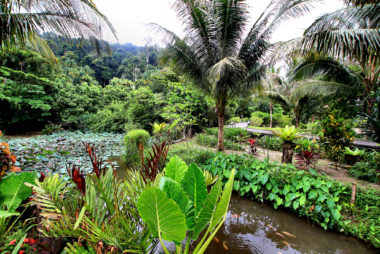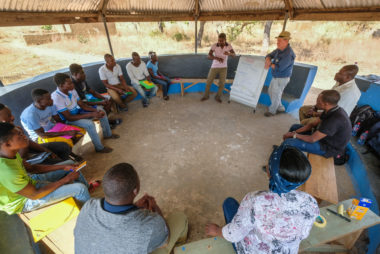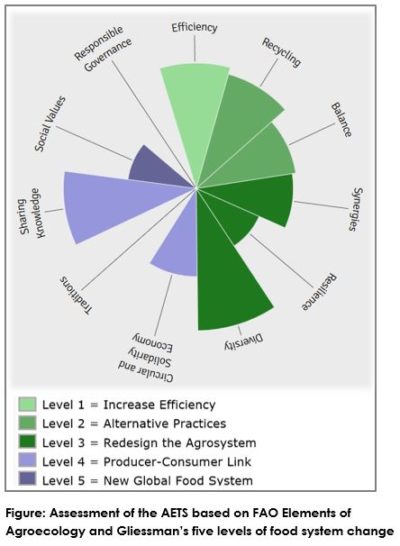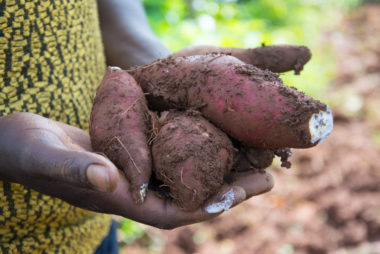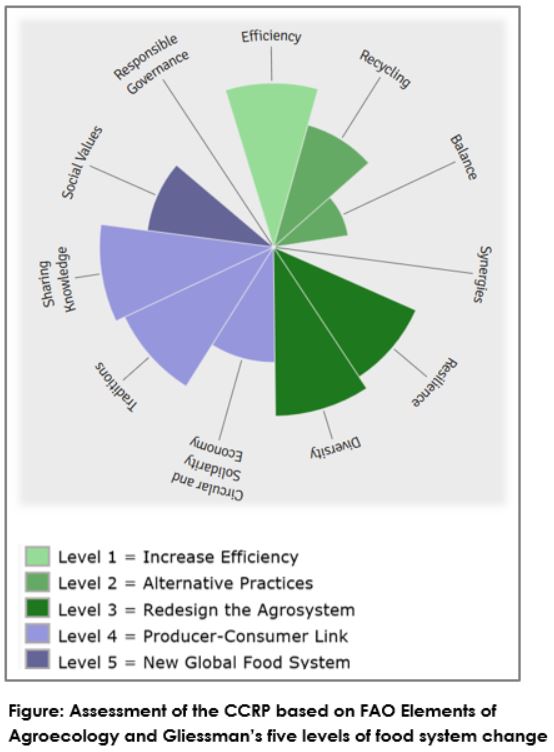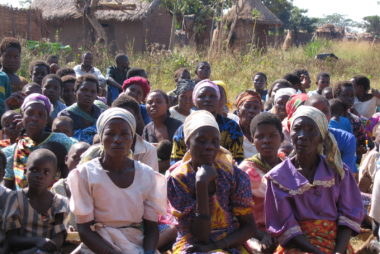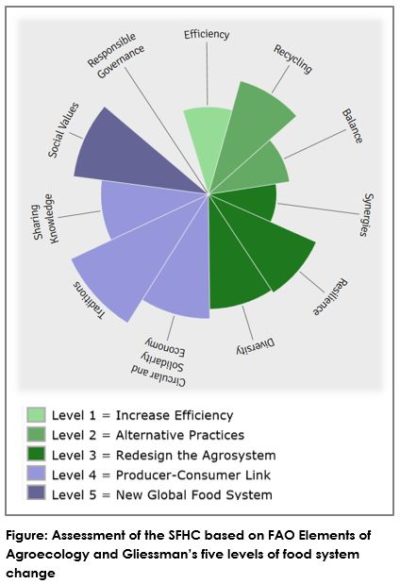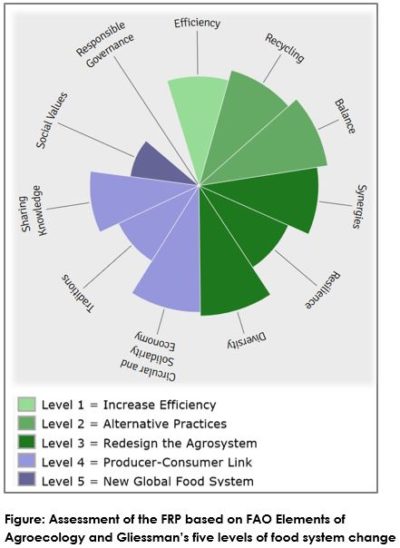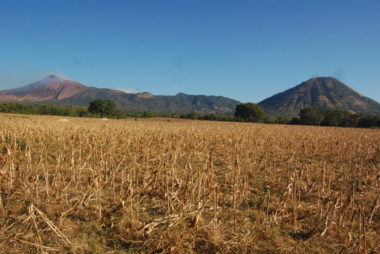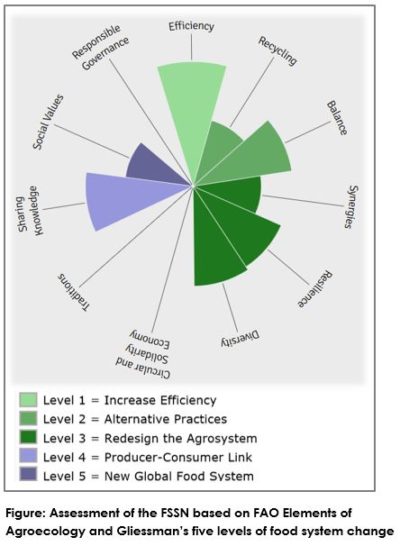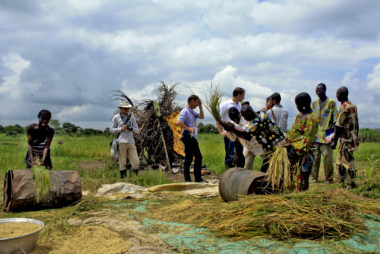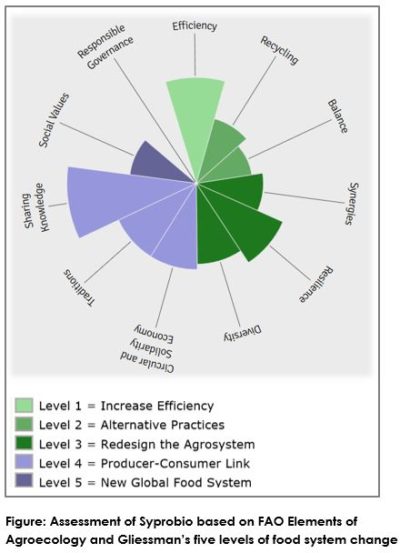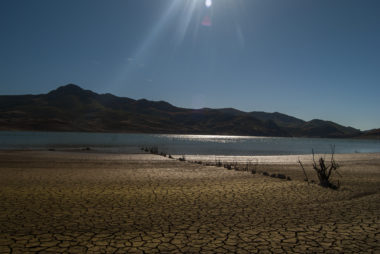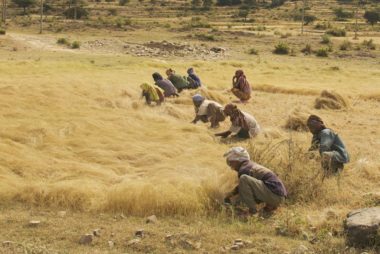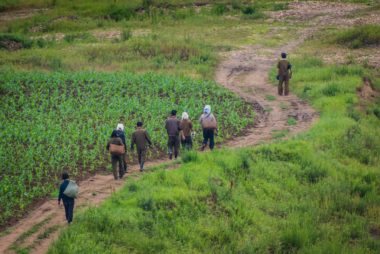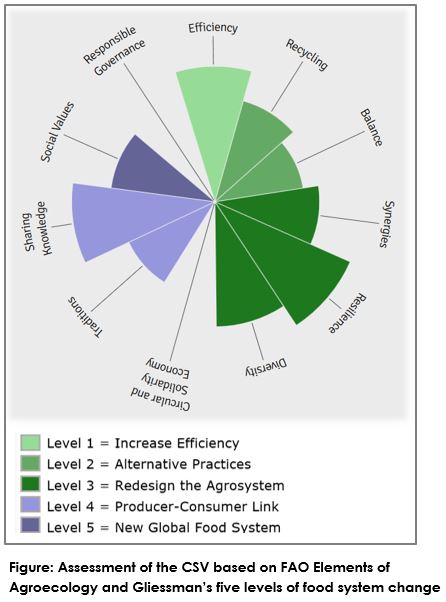1 Million Trees
Category:
![]()
Implementing Organisation:
Fairventures Worldwide and Borneo Institute
Period:
2014 – now
In a nutshell

1m Trees is a joint program by German NGO Fairventures Worldwide and the local foundation Borneo Institute in Central Kalimantan, Indonesia. The aim of the program is to revitalize deforested and degraded land with a successional multi-species agroforestry system. First, it is about utilizing the soil-improving qualities of pioneer tree species to create a basis for the cultivation of fruit trees and vegetables. In a second step, the fertility of the area is further enhanced with compost and permaculture techniques. The livelihoods are then diversified by planting fruit trees and timber species with longer rotations. The fast growing timber can be harvested after 5-8 years, is relevant for the wood industry and provides a livelihood for the local population, while the vegetables and fruit improve nutrition and food security.
The program is contributing to the Sustainable Development Goals (SDGs), especially SDG 1 (Poverty reduction) and SDG 15 (Sustainable Forestry) among many others. 1m Trees also showcases how Forest Landscape Restoration and agroforestry, as one approach of agroecology, could look like in practice. The goal is to generate incomes for the local population and protect the environment and the climate simultaneously.
Context
Large parts of rainforest were cut down in the rural areas of Central Kalimantan. The remaining forests are severely threatened by population pressure, legal and illegal logging and the ongoing expansion of palm oil plantations. In most of the deforested areas, soils are extremely degraded, as the thin layer of fertile soil has eroded and the natural nutrient cycling of the vegetation ceased. This is a major concern for rural communities, whose traditional livelihoods depend on forestry, slash and burn agriculture on small plots and limited sales of rubber and other cash crops from the rainforest. Only the sustainable and natural rehabilitation of infertile areas can help local communities to improve their livelihoods.
Objective
In cooperation with local communities, fairventures is restoring the fertility of 1,000 hectares of deforested and strongly degraded soil in Central Kalimantan and reforesting these areas with mixed species systems. The ultimate goal is to provide an example for integrative and successful Forest Landscape Restoration and to develop methods and economic models that allow to restore degraded lands on a large scale.
By end of 2018, local communities will have planted the one million trees with the strong support of fairventures. Starting 2019, fairventures will strive towards a new goal: 100 million trees in diverse, but not too complex planting combinations.
Key Interventions
Farm level:
- Forest Landscape Restoration: Support farmers to restore former forest areas that are barren and unproductive today. Farmers have the opportunity to participate in trainings and receive seedlings, enabling them to establish so-called multi-species agroforestry systems. Those are a combination of fast-growing valuable timber (e.g. Sengon), fruit trees and nutritious plants such as cassava, peanuts or vegetables.
Regional/national Level:
- Value Chain Approach: Support farmers to become engaged in the timber value chain by planting fast-growing lightwood timber species that are used in many sectors, replacing hardwoods. Further, the Indonesian wood processing industry is supported to develop new products based on lightwood and to market them, both nationally and internationally
- Digitalization and Monitoring: Measuring and monitoring the impact of the program activities are an important element. Data has been collected on tree growth under different conditions and have documented exactly where, when and by whom the trees were planted. Thus, the understanding of the connections between soil, climate and planting combinations are improved year by year.
Lessons Learned/challenges
The replanting of trees stops erosion, restores water and nutrient cycles and thus soils, and mitigates climate change, as the growing trees absorb carbon from the air and thereby neutralize it. At the same time, farmers are able to produce food for their own consumption and timber and other cash crops for sale, improving their livelihoods.
Relevant Links & references
- Fairventures worldwide: „Follow the Progress of 1 Million Trees”
- Fairventures worldwide: „1m trees – Kurztrailer”
- Solution search: “Farming for Biodiversity – Fairventures Worldwide”
